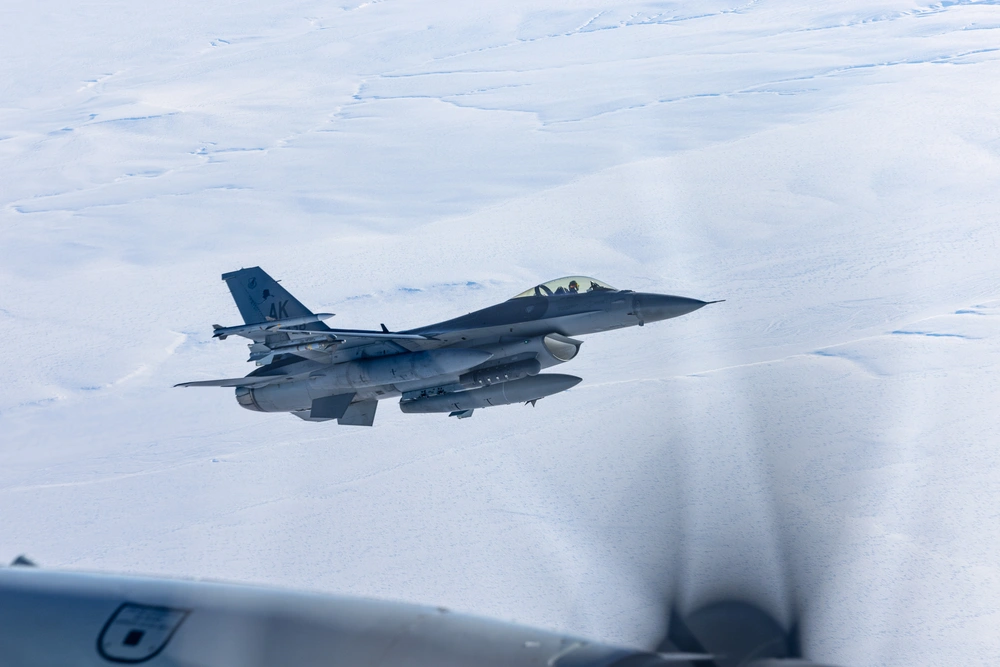Already a subscriber? Make sure to log into your account before viewing this content. You can access your account by hitting the “login” button on the top right corner. Still unable to see the content after signing in? Make sure your card on file is up-to-date.
The United States has confirmed it has intercepted a Russian surveillance aircraft off the coast of Alaska for the third time in less than a week.
Getting into it: The series of intercepts began on August 20, when a Russian Il-20 “Coot” reconnaissance aircraft entered the Alaskan Air Defense Identification Zone (ADIZ), prompting NORAD to scramble two F-16 fighter jets and a KC-135 aerial refueling tanker to visually identify and monitor the plane. Just 24 hours later, on August 21, NORAD again launched two F-16s, a KC-135, and an E-3 Sentry command-and-control aircraft in response to a similar intrusion by another Il-20. The third incident occurred on August 24, with NORAD deploying a more robust package: two F-16s, two KC-135 tankers, and another E-3 Sentry to intercept a Russian aircraft flying within the ADIZ. In all three cases, NORAD confirmed that the Russian planes remained in international airspace and did not enter US or Canadian sovereign territory.

While intercepts of Russian aircraft in the ADIZ are relatively common, occurring dozens of times each year, the frequency of these events within such a short span is notable. NORAD stressed that this type of Russian activity is not considered a threat and often occurs as part of routine long-range patrols by Russian forces. Each of the intercepted planes was an Il-20 “Coot,” a Cold War-era surveillance aircraft equipped with electronic intelligence-gathering systems. Their presence in the ADIZ is viewed as a strategic move by Russia rather than a symbolic gesture.
More on the ADIZ: The Alaskan ADIZ is a designated area of international airspace extending up to 150 miles off the coast of Alaska, where foreign aircraft are required to identify themselves for national security purposes. While the airspace does not fall under US sovereignty, it acts as a critical buffer zone monitored closely by NORAD using a layered defense network of satellites, radar systems, and aircraft. Any unidentified or unresponsive aircraft entering the ADIZ typically prompts a rapid interception response.
This all comes as these recent intercepts occurred just days after a high-profile summit between President Donald Trump and Russian President Vladimir Putin, held at Joint Base Elmendorf-Richardson in Anchorage, Alaska (a key NORAD hub and the likely launch point for many of the intercepting aircraft).
The Russian government has not commented on the intercepts.







